
Developer: Crazy Goat Games
Publisher:PQube
Platform: PC
Tested on: PC
The Dragoness: Command of the Flame – Review
It’s been years since a new Heroes of Might and Magic title was released, and if you’re a fan of Limbic Entertainment’s venerable turn-based strategy series, you may be on the lookout for a similar title to fill that HOMM-shaped void in your video game library. Enter The Dragoness: Command of the Flame, a title from Crazy Goat Games that takes more than a little inspiration from its more famous cousin. It’s not the only game vying for a rightful place in the genre of course, with titles like Divinity and King’s Bounty operating in a similar niche, so we’re taking a look at The Dragoness to see if it has what it takes to claim the throne.
Story
A title set in a high fantasy world typically presents players with an epic tale and The Dragoness definitely delivers on this front. Taking on the role of an Elvish commander, players are tasked with defending Draithir, a peninsula, from the Shai-Va, a corrupted faction that is at war with the noble Regals. As the protagonist, your ultimate goal is to restore peace to Draithir, but before you can get to that, you are tasked with rebuilding the city of Níwenborh. The main story is told through static images, which did feel like a bit of a cop-out and required more concentration to follow than if things had been told through cinematic cutscenes, but overall, we quite enjoyed what The Dragoness had to offer in terms of narrative.
Graphics
We’re not quite sure whether Crazy Goat Games deliberately went for a specific art direction reminiscent of older turn-based strategy titles with The Dragoness, but the game looks undeniably dated and, as a result, underwhelming. The aesthetics reminded us of Kingdoms of Amalur, which is a title that is already a decade old, and although individual character designs are decent enough, the limited animations and underwhelming attack effects failed to excite us. The sepia-tinted static images that accompanied the story fared a little better but these only highlighted how many opportunities were missed here with the in-game graphics. It also doesn’t help that combat is presented in the dullest way possible by default, on a static grid that is zoomed out too much, so there isn’t a whole lot present here to draw you into the action. The game’s overall performance seems disproportionately tied to the graphics: we tried experimenting with different graphics settings and higher settings dramatically increased loading times without much of a visual difference.
Sound
For what it’s worth, The Dragoness’ story and NPC encounters are all fully voiced, although this is one of the rare cases where we could have done with less voice acting. This feeling stems from the most prominent voiced character, Natiq, a battle pangolin that is the player’s sidekick. Natiq has the most annoying, ear-grating voice we’ve heard in a game in a very long time. Fortunately, the other voices fare better and the sound effects and music are decent too, if not particularly memorable.
Gameplay
We mentioned HOMM’s influence on The Dragoness in the opening paragraph of this review and while we’re going to try to look at The Dragoness as its own standalone title rather than a clone, it’s going to be difficult to completely ignore some of the parallels. There is a lot to talk about here in terms of gameplay too -more than we can reasonably cover- to the point that it feels like The Dragoness bit off significantly more than it could chew. This is due to the fact that the game attempts to balance turn-based tactical combat with city-building sim gameplay and overworld exploration. The sheer amount of different gameplay elements that are in play here is overwhelming and it doesn’t help that your guide through this bloated mess is the aforementioned Natiq and that the UI of the game isn’t the easiest to navigate. Granted, as you spend more time with the game during the 30-ish hour campaign, you’ll gradually find your footing, but that has more to do with familiarising yourself with the interface than with intuitive design.
The main draw here is of course the turn-based tactical combat, which sees you send in an army of mythical beasts, including dragons (of course) and other fantasy mainstays like centaurs. The combat system is relatively easy to get to grips with: the way you position your units partially determines how effective their actions are. It’s easier to hurt an enemy by stabbing them in the back than going for a full frontal assault, for example. On your turn, your creatures can either attack, defend, or use a skill. There is nothing particularly new or innovative here but it is accessible enough, even though the presentation lacks oomph. While combat is going to be the driving force for most people to give The Dragoness a shot, the other core elements are important as well, as they are intrinsically tied to how well-prepared your army is when it takes to the battlefield. The overworld is where The Dragoness takes the most inspiration from HOMM: here you gather resources, seek out side-quests and treasure, and interact with NPCs. The rewards you obtain from the overworld can then be used in the game’s hub area, which is a budding town that you’ll gradually expand into a bustling city as you set up new structures. There are essential buildings that are directly tied to the overarching story and others that aid in increasing the effectiveness of the beasts you command.
The game’s progression system feels fairly unique and is perhaps the game’s most interesting gameplay idea: after a battle, the Commander’s skillset essentially “resets” -regardless of whether you win or lose- and you’ll need to equip her with a different skill loadout in the form of a so-called Revival Spell. The Revival Spells you have access to are tied to how well you’ve built up your city hub. While you get to choose the actual spell itself, it is accompanied by randomized skills, which provide you with army-wide buffs, like improved defense or extended movement range. This keeps things fresh at the cost of removing a sense of progress for the Commander herself. It does mean that things can feel a bit inconsequential, especially since the Revival Spells and the associated buffs typically aren’t decisive for the outcome of a battle.
It all sounds good in theory, but if you’ve grown eager to give The Dragoness a go by now, then unfortunately this is the point where we have to shatter your hopes: The Dragoness simply lacks a compelling reason to keep playing it. From a technical perspective, things are fine but the execution is simply boring. The limited movement range of units in combat, for example, tends to drag out battles to the point of feeling dull rather than exciting. Advancing your city hub to unlock useful new stuff tends to require a disproportionate amount of resources, adding to the feeling of The Dragoness being a grindfest. The game tries to alleviate this by allowing you to work towards different objectives when you replay maps, but this doesn’t do enough to really keep things fresh.
Making matters worse is the bloated and convoluted upgrade system and an obtuse recruitment system that we still don’t fully understand. We had the feeling that simply recruiting everything we could resulted in having an underpowered squad and you’ll need to make focused choices to get the most out of your mythical menagerie. Most of the different gameplay elements are fine on their own if we dismiss the awkward combat pacing and the ridiculous amount of grinding required to unlock the potential of your city hub, but they often don’t mesh together very well. In a vacuum, the different elements that make up The Dragoness are okay, but there are so many titles out there that do something similar much better, making it difficult to really recommend the game.
Conclusion
If we have to describe The Dragoness in a single word, then that word is ‘underwhelming’. The game demands a rather hefty investment from the player as you’ll having to overcome the awkward interface, and deal with poor combat pacing and a ridiculous amount of grinding to make any kind of meaningful progress. Unfortunately, what you get in return simply doesn’t weigh up, leaving the player ultimately unsatisfied. From a purely mechanical point of view, there isn’t anything that’s wrong with The Dragoness. Sadly, the unsatisfying feedback loop and the fact that there are better games out there make it very difficult to name a good reason to pick this game up.

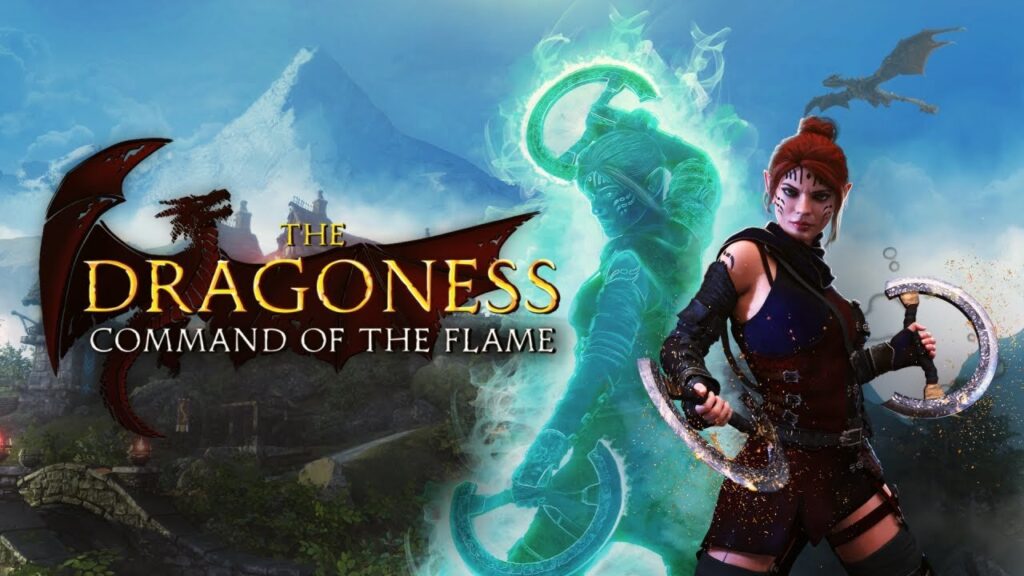
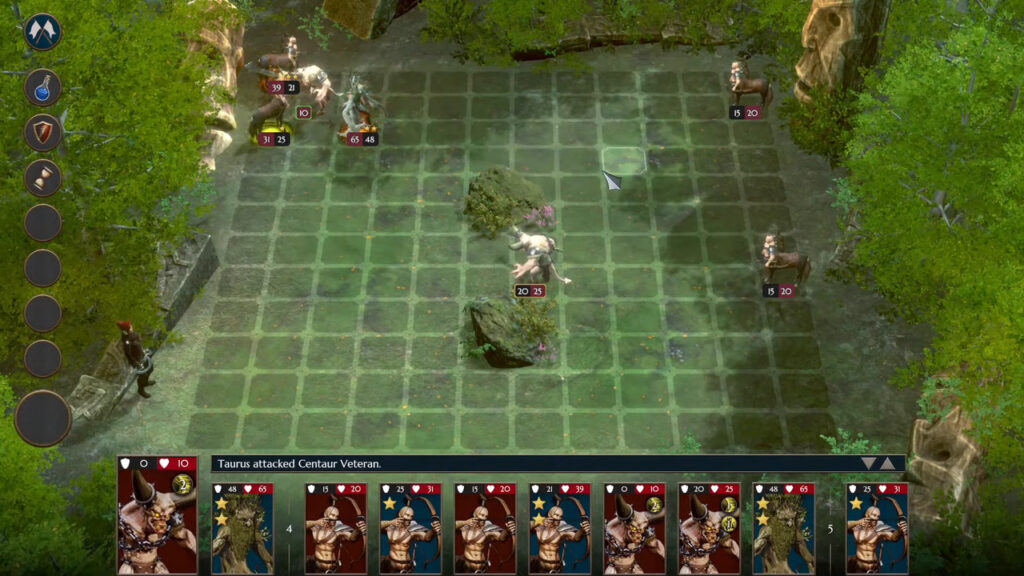
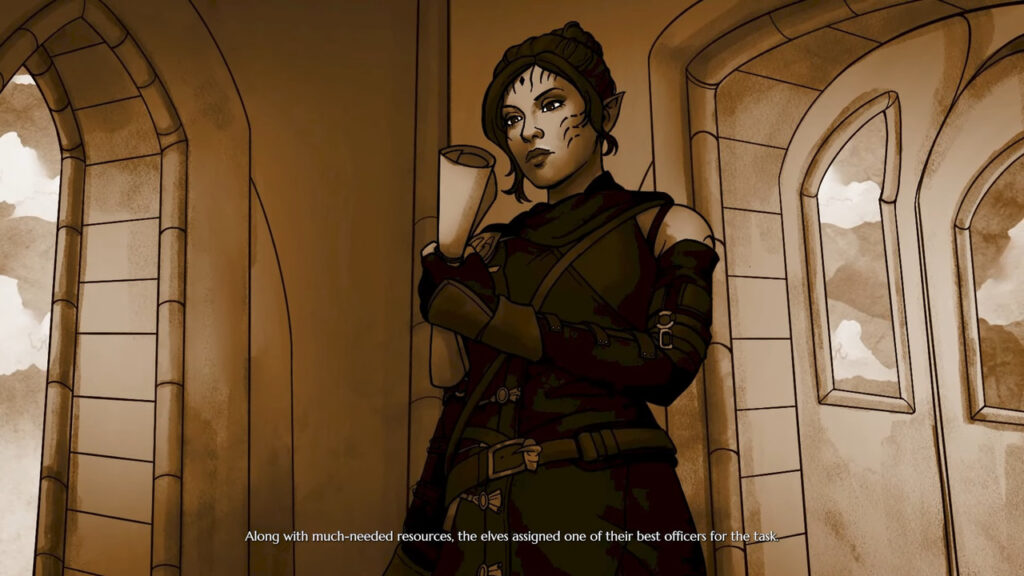
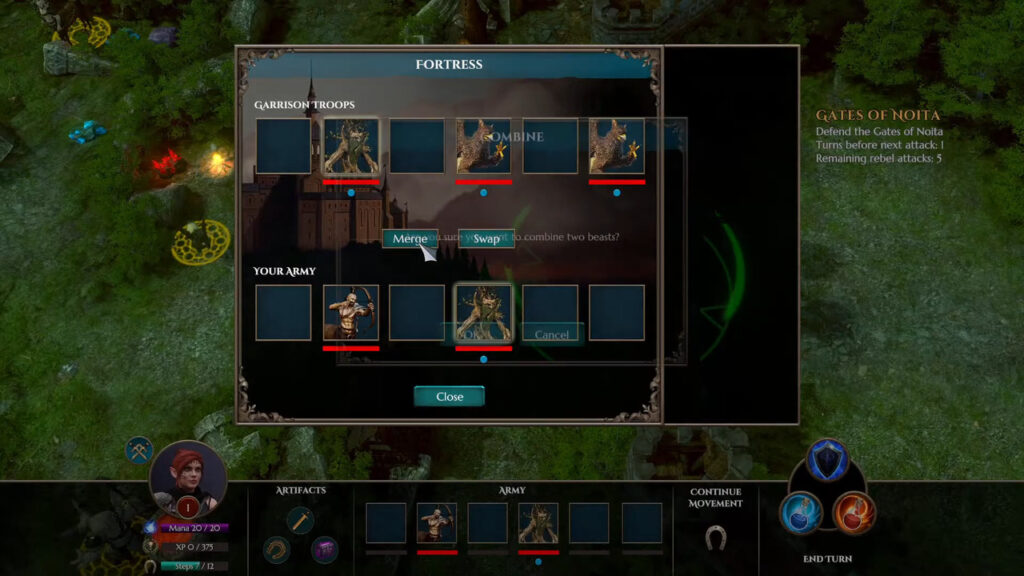

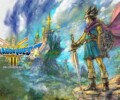
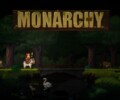


No Comments